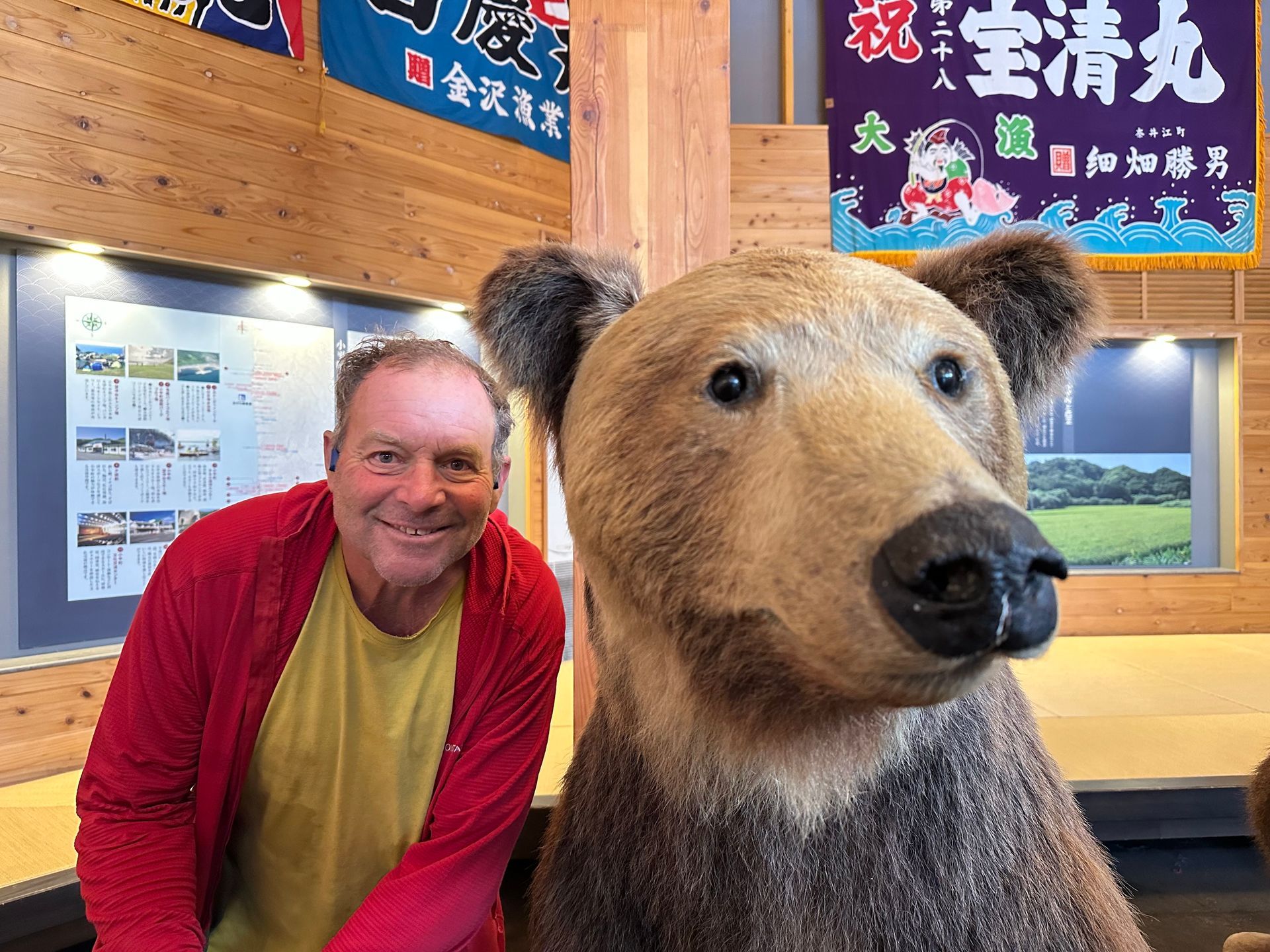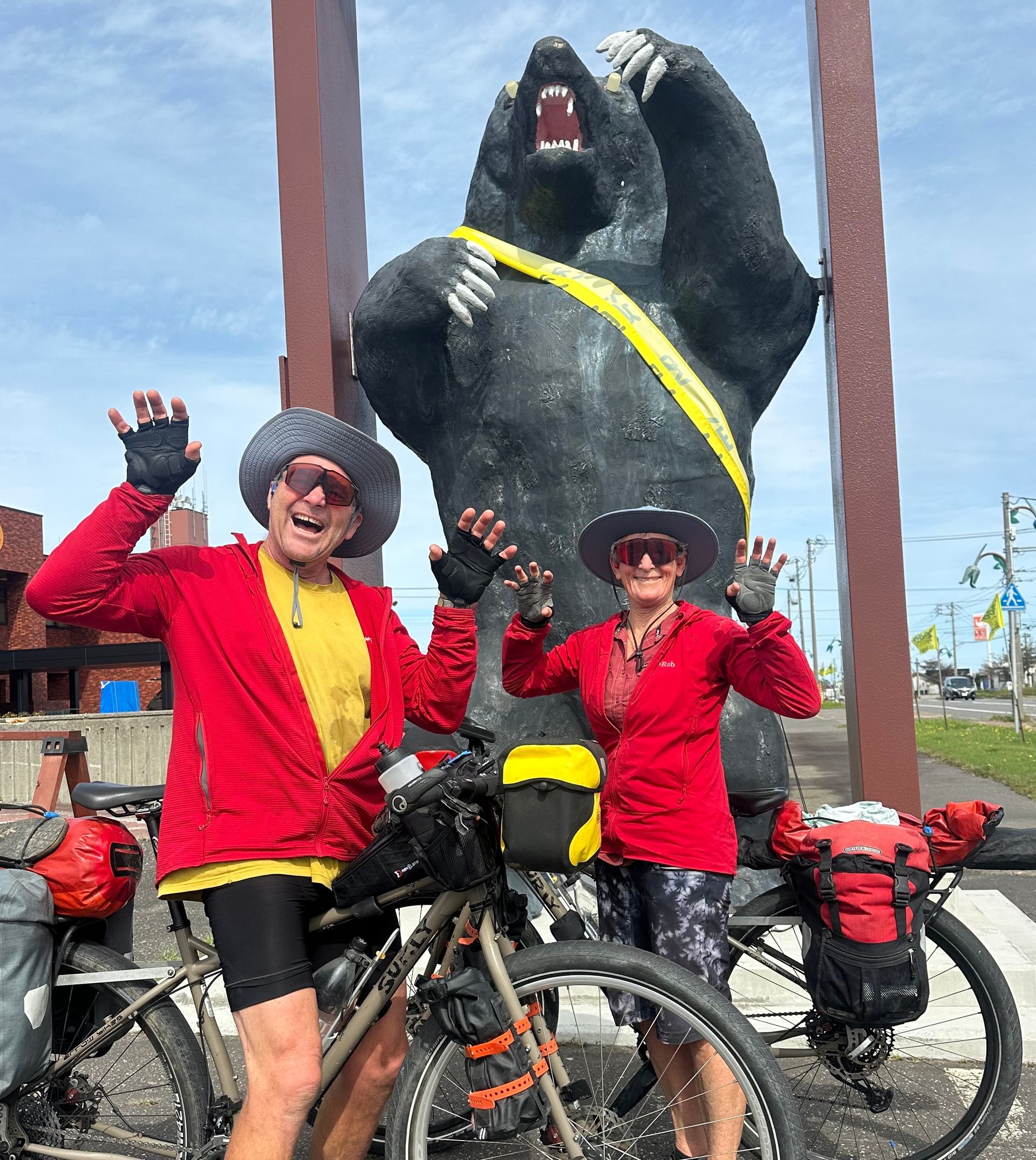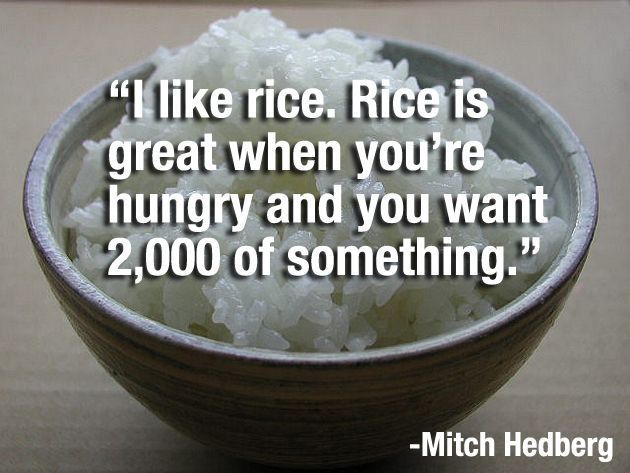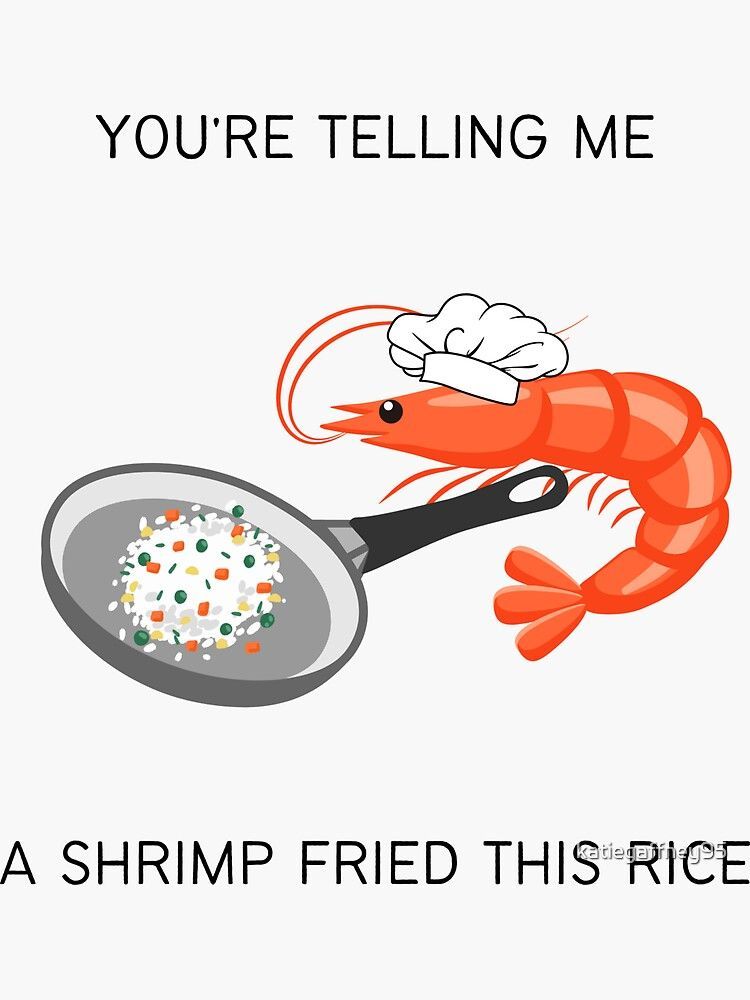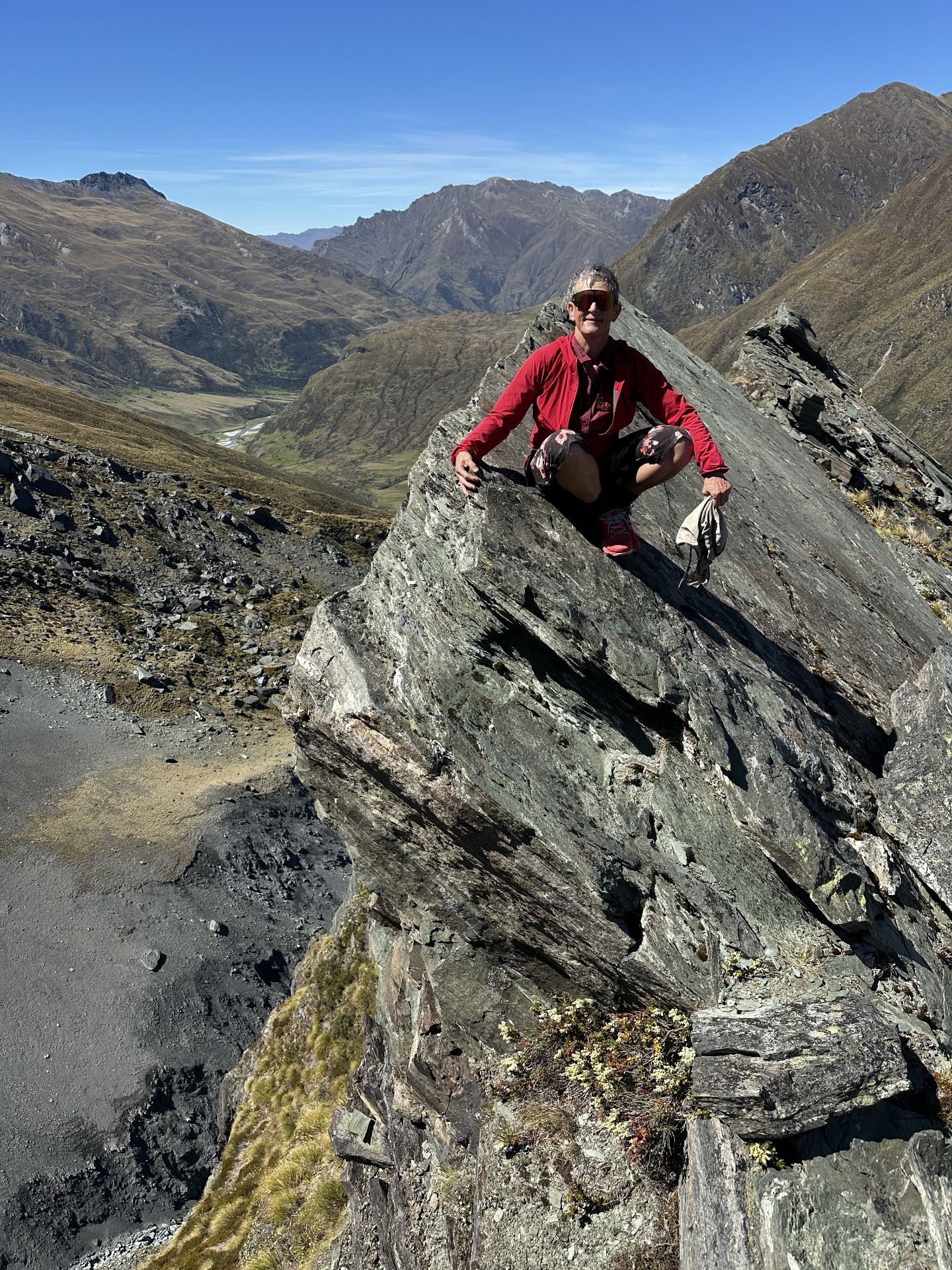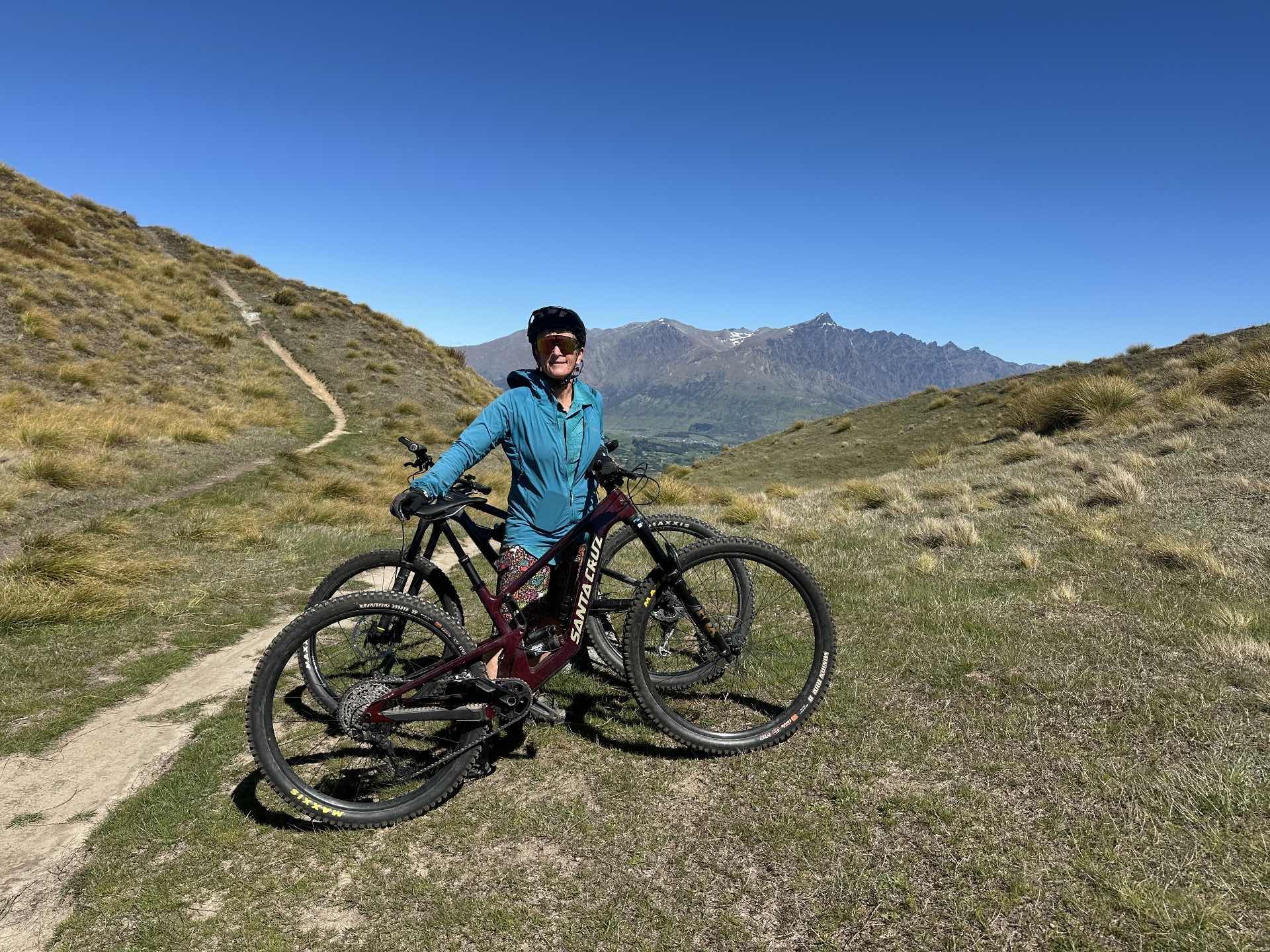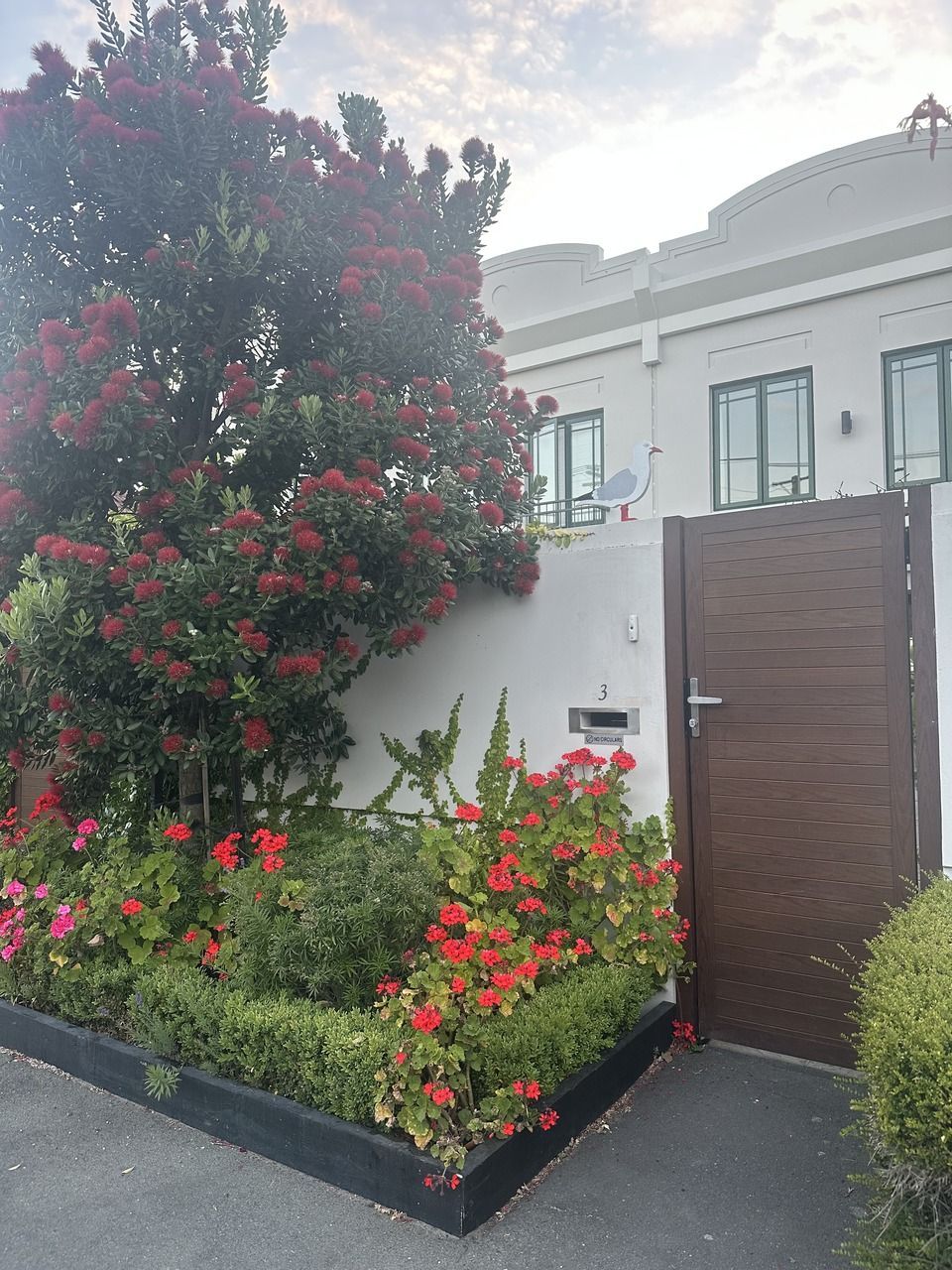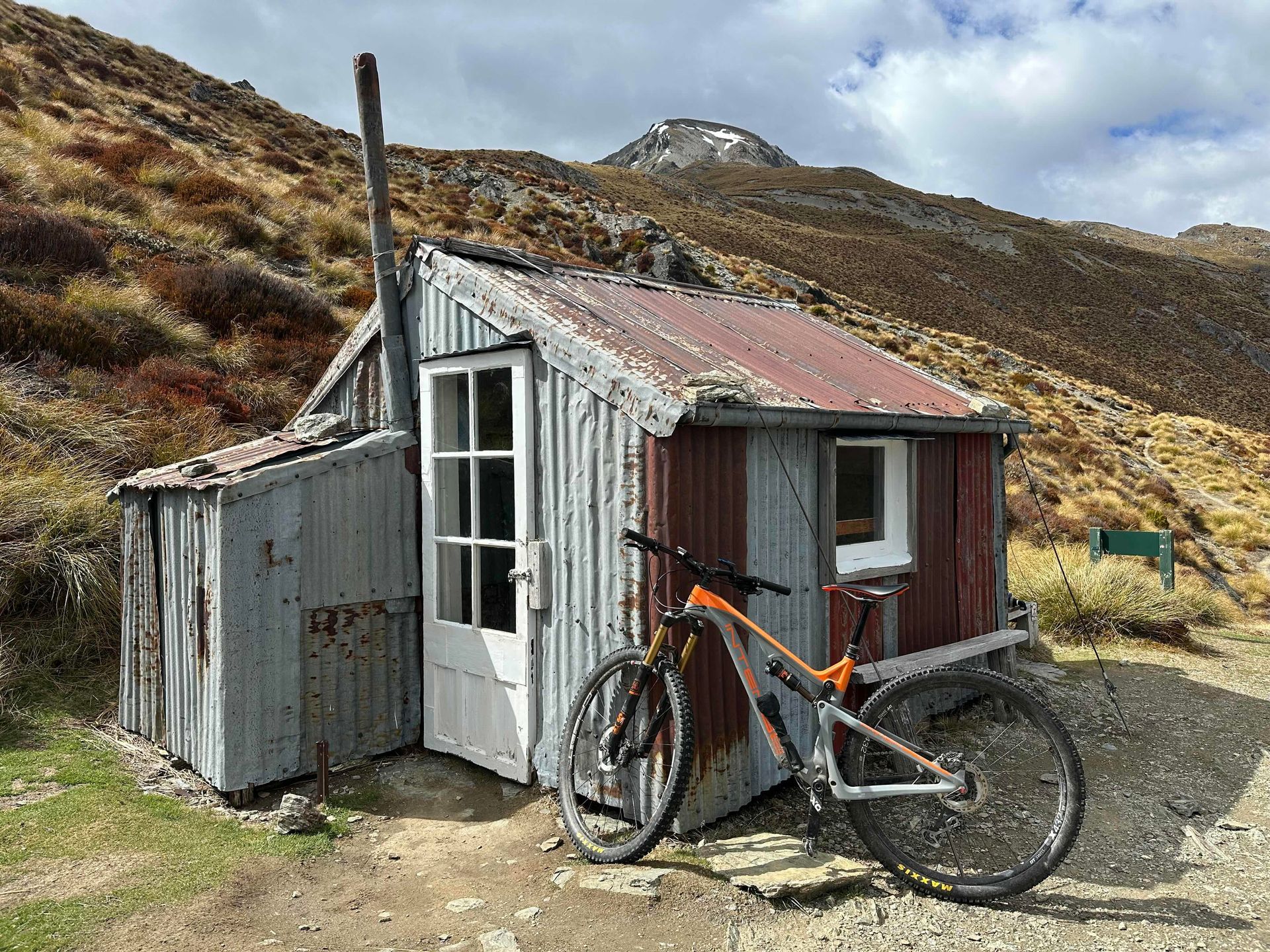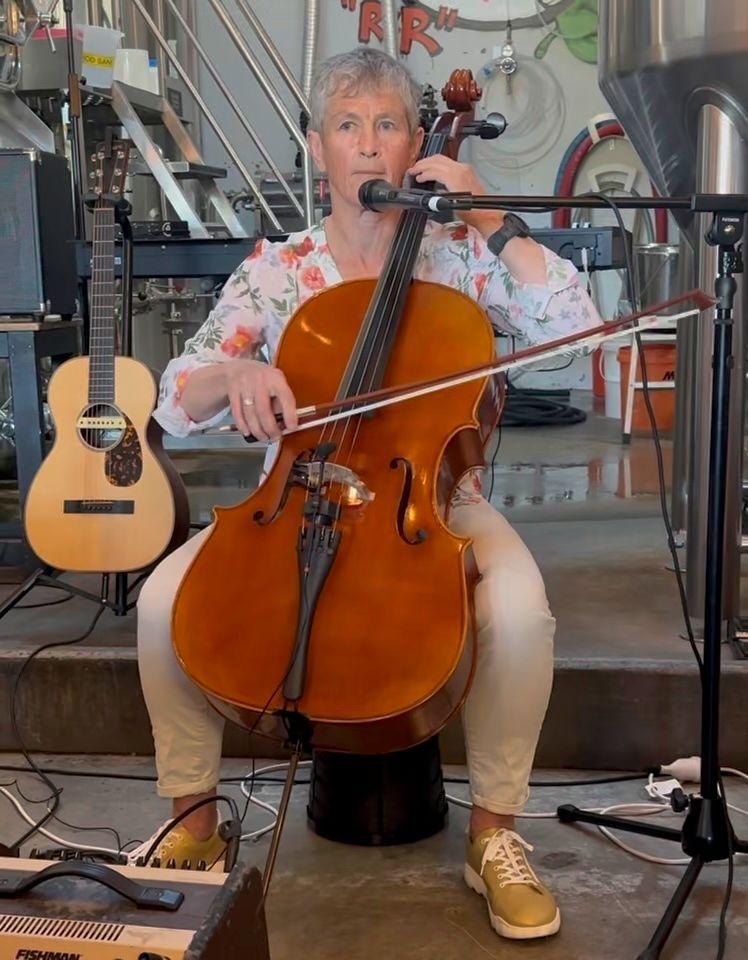Routine
Jane & a sea stack on the west coast of Hokkaido, Japan.
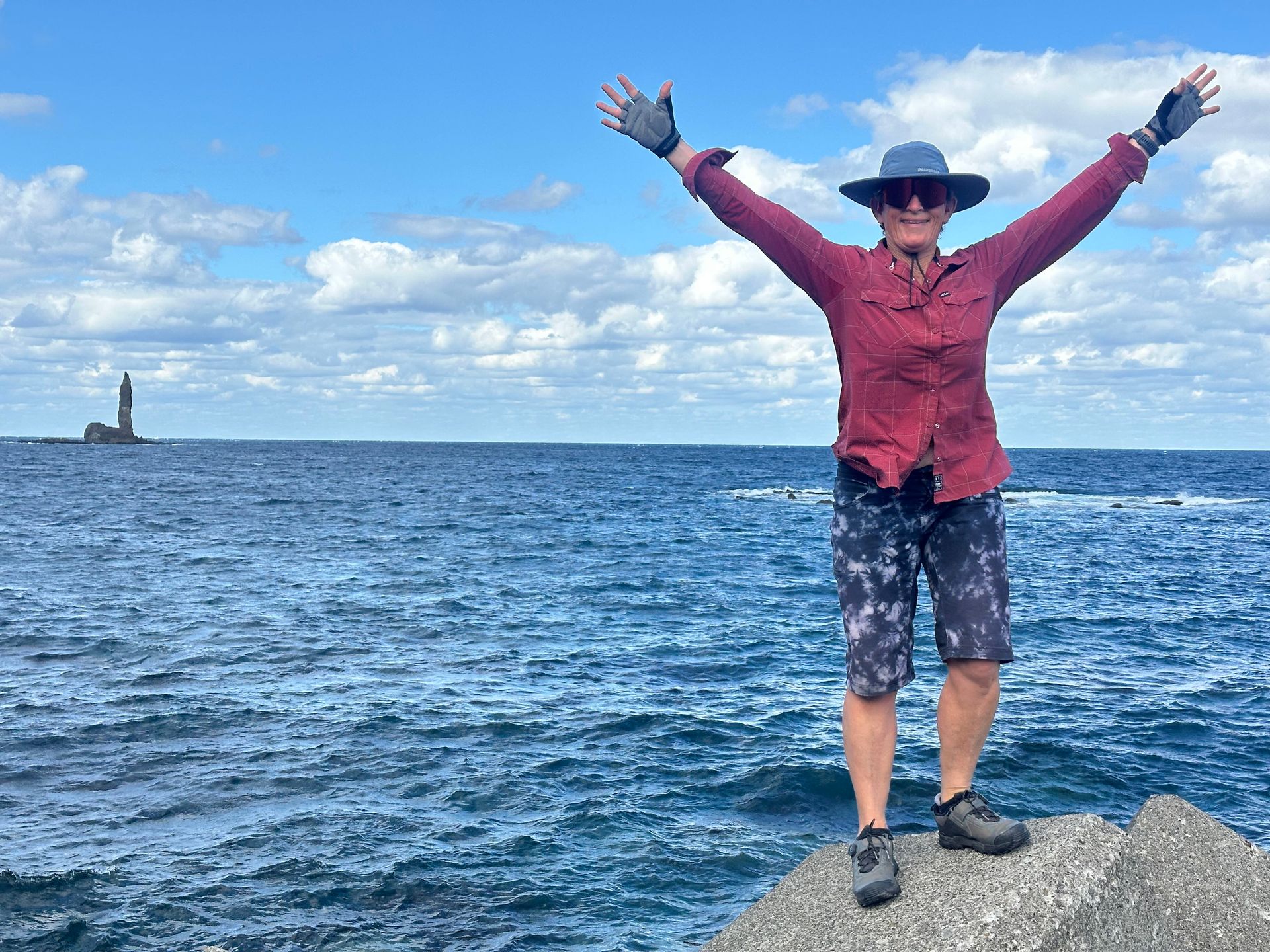
We are cycle touring around Hokkaido, Japan. Yes, I know it’s not that long since we were cycling in Mongolia. However, there are only so many years in a life, therefore it pays to get on and do the things one wants to do. Cycle touring is one of our favourite ways of getting out of our home routines and exposing ourselves to different places and different ways of doing things.
What makes me laugh, however, is how quickly we develop a routine on any particular cycling trip. We have left home to escape our routines so we create new ones. But don't routines make life work smoothly? It takes too much energy to cope with daily differences in how we carry out essential activities, like when to get up and go to bed, when to eat, what to eat. While we are cycle touring, it’s enough each day to decide on our route, how far to cycle and where we might camp, to ensure we have adequate food and water supplies.
In Japan, our routine has us getting up at 5am, which means we go to sleep by 8pm! The first few days it was high twenties and humid. We have developed a pattern of getting up early in hot countries, starting cycling at daybreak to make the most of the cool part of the day. A week into Japan, temperatures are dropping rapidly so we may slip a little on our timing. However, starting early gives lots of latitude if something goes wrong during the day – a puncture or a mechanical. Or if the campsite we planned to go to is closed; like today when it turned out one bear scat found on September 8th has resulted in closing an entire ocean waterfront, day and night. The strange thing is that the waterfront is across the road from town and there are lots of people walking around in town and going to the stores, apparently unafraid of bears.
Bears are a big thing here. The town of Tomaemae has a bear with claws underneath it’s ‘Welcome to Tomaemae sign. Unfortunately the nice motorbiker who took a picture of us missed off the ‘welcome’ part of the sign.
Our camping destinations have been mostly free campsites, discovered using a cycle touring app as well as Google Maps. Japan has many free campsites, as well as many, many toilets. I don’t think I’ve been to a country with as many public toilets. And never to a country with so many public toilets with heated toilet seats. So far, we have only shared one campsite – there aren’t a lot of other people camping in Hokkaido in the autumn. Campsites have toilets, water and a washing-up area and grass on which to pitch a tent. Because the toilets are plugged in, they also have somewhere to charge our phones. Japan is a country in which you can leave your phone charging in a public toilet and not need to worry about someone taking it – amazing!
I think of the contrast between countries on this front. In New Zealand, leaving money in milk bottles at the gate was a common practice in the 1960s and 1970s. When Chris visited New Zealand from Chile, where he grew up, he was astonished to see money in milk bottles. Why wasn’t it all taken? Should he assist? It would be gone in Chile.
In Japan, people tell stories of leaving wallets in cafes and returning an hour later to find their wallet still on the table. Keeping your seat by putting your phone on the table is common; different from Sarah’s current experience of London where there are roaming gangs of youths on scooters grabbing people’s cell phones in the street, and her friend’s phone was sneakily taken off the table at which they were sitting.
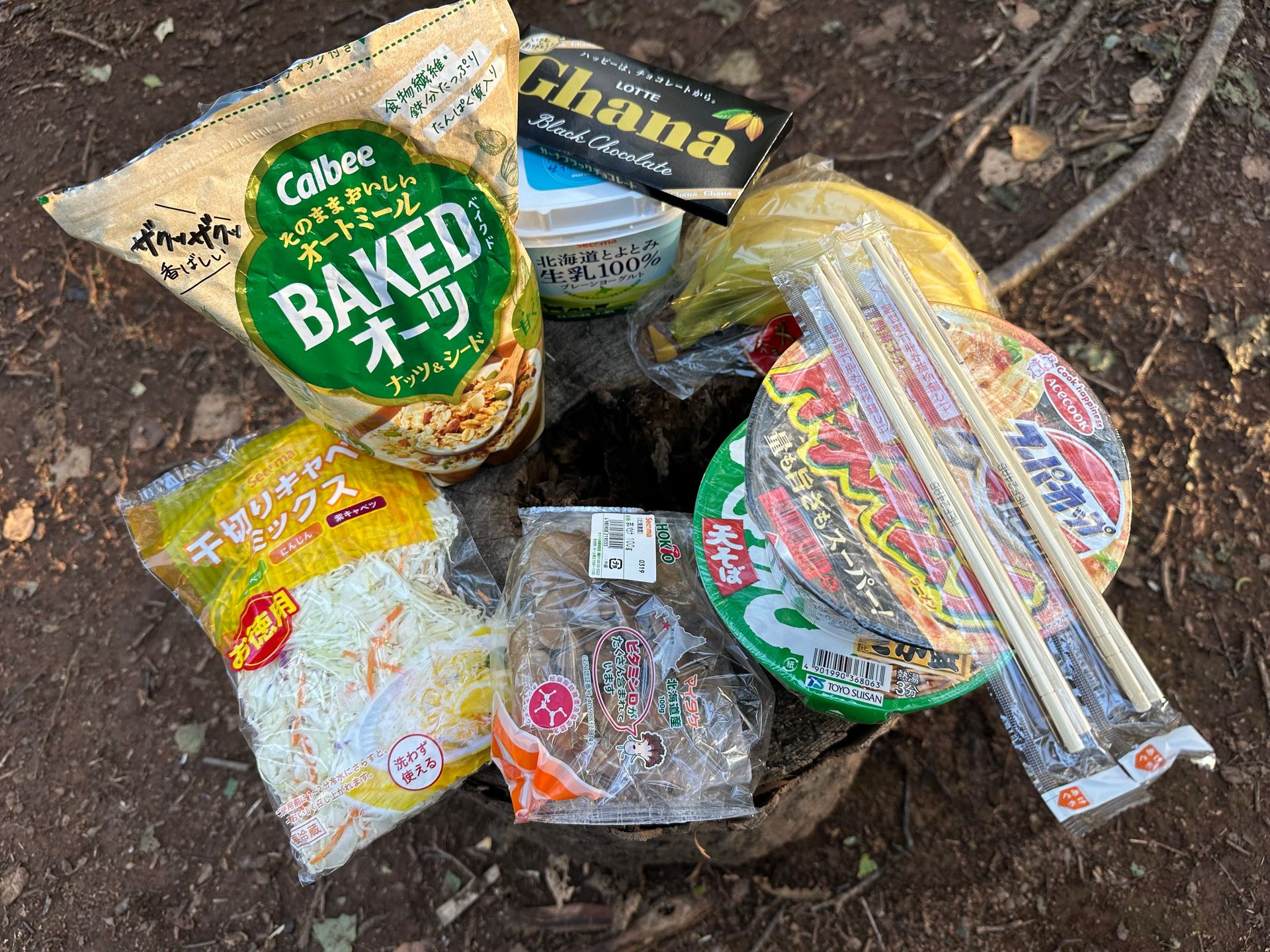
We’ve also developed a food shopping/eating routine in Japan. There are stretches of Hokkaido coastline without restaurants so we stock up at 7-11s, Lawson Stations and Seicomarts. The first few times we walked into the stores here we wandered around looking pathetic as we were overwhelmed by products we didn’t recognise. We did a lot of Google Translate using the phone camera to figure out the innards of food packages. As interesting as food is in other countries, and as interesting as food is when cycle touring and getting hungry on a regular basis, it’s too much to keep choosing different food. So a routine – with change-out aspects – is the easiest way to go:
- Breakfast is yoghurt with bananas (or pineapple, or pears, or peaches) and baked cereal (noting there’s only so much rice a non-Asian person can eat).
- We have identified our favourite sticky rice triangles for morning tea or lunch (tuna mayonnaise). We've bought tubes of ginger and wasabi and a bottle of soy sauce to spice the rice up. Seicomart sushi is also a favourite, as are little rectangles of egg (though Chris is dubious because the egg has sugar in it!).
- Dinner is a noodle bowl (very easy to prepare because we only need to heat water in our little camping stove) with bean sprouts (or soy beans or mung beans), shredded cabbage, tofu (how come tofu is so cheap in Asia and so expensive in New Zealand?) and one of the many types of mushrooms (why are there so many different mushrooms available in most countries and so few in New Zealand?). The choice of noodle bowls is somewhat overwhelming because there are whole aisles of them and we don’t know what the differences are between them, even when we use Google Translate. Chris liked the idea of Genghis Khan-flavoured noodles but the taste was disappointing.
However, tonight we have made a break from our routine of only a week. Suddenly noodle bowls for dinner every night seems like too many noodles. We are going for NZ routine inserted into Japanese routine, with scrambled eggs, cheese and ham in baguette together with capsicum/carrot/tomato salad. We crave crunchy food, not common in Japan (or much of Asia). And we miss bread. The baguette is Asian baguette – if you poke it lightly with a finger, it gets dented, but it’s a lot better than no bread!
Turns out that you can take the human out of their routine…but you can’t take the routine out of the human.
Mata ne (‘See ya’) from Japan till next week.
